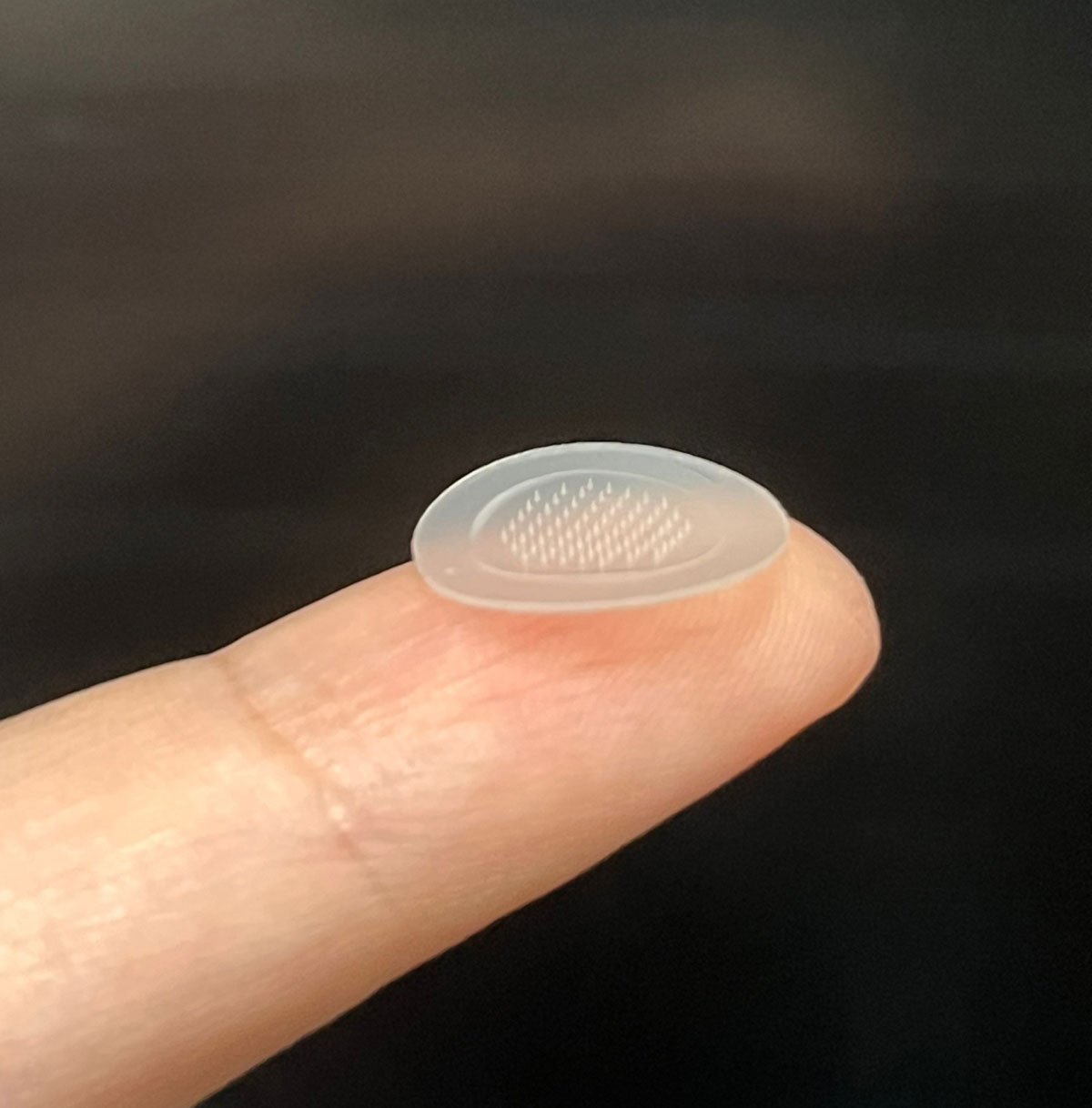Most of us have heard of pimple patches, those circular bandage-like patches to clear up a zit. More importantly, many of us have heard of bad pimple patches—the ones that cost a fortune, stick to your face for maybe 30 minutes, and do absolutely nothing for that angry whitehead you woke up with this morning.
However, the team behind a small study published in the journal ACS Applied Materials & Interfaces, claim to have developed a two-step pimple patch that actually works. How can they claim this? Around 95 percent of participants in a clinical trial said that they were satisfied with the patch’s outcome, and their zits were gone within seven days.
Pimple patches work by absorbing extra moisture and oil. Some types contain drugs to lessen inflammation or counter infection. These drug-infused patches frequently use rows of tiny spikes called microarrays to deliver the medication beneath the skin’s most superficial layer. However, these features can move while you wear the patch and cause skin irritation. As such, the team from the recent study were inspired to create a medicated patch system with microarrays that don’t move.
The researchers used a specialized 3D printer to produce a microarray of spikes shaped like arrowheads, which helped the patch stay in place when it was applied to skin. They made the patch’s “backbone” out of an ingredient commonly used in skincare called hyaluronic acid, combining it with either antibacterial agents or anti-inflammatory agents.

The 20 study participants used the antibacterial patch for six days before switching to the anti-inflammatory patch. The hyaluronic acid-based microarray disintegrated into the skin within 90 minutes, without the participants reporting any pain or irritation. After three days of the treatment, the participants reported an 81 percent greater reduction in acne lesions than the pimples they didn’t treat. After one week, the treated pimples were completely gone. There was also an important decrease in sebum, the oily stuff that protects your skin but also triggers acne.
What’s more, “our work highlights the potential of microarray patches as a platform for applications beyond acne treatment, ranging from skin disorders to obesity therapies and vaccine delivery,” Yong-Hee Kim, a co-author of the study and CEO of Cursus Bio Inc. (a corporation working on microarray-based technologies) said in the statement.
If all this sounds great, you’re in luck. The team is working to get the acne patches on store shelves in both the United States and South Korea this fall.






